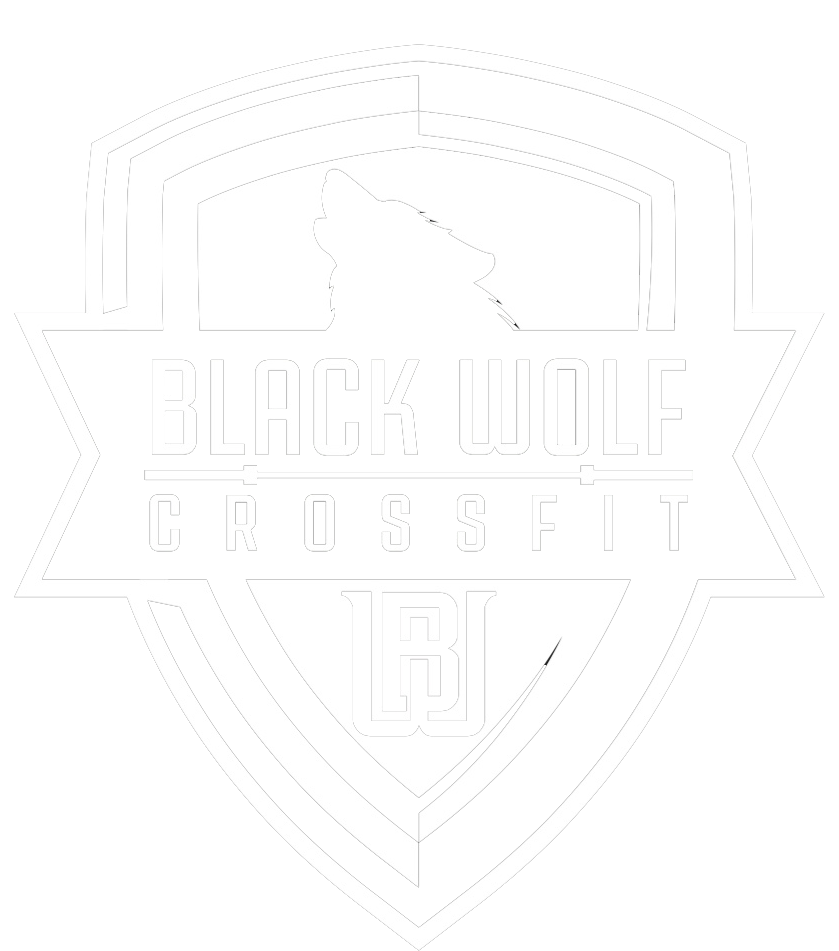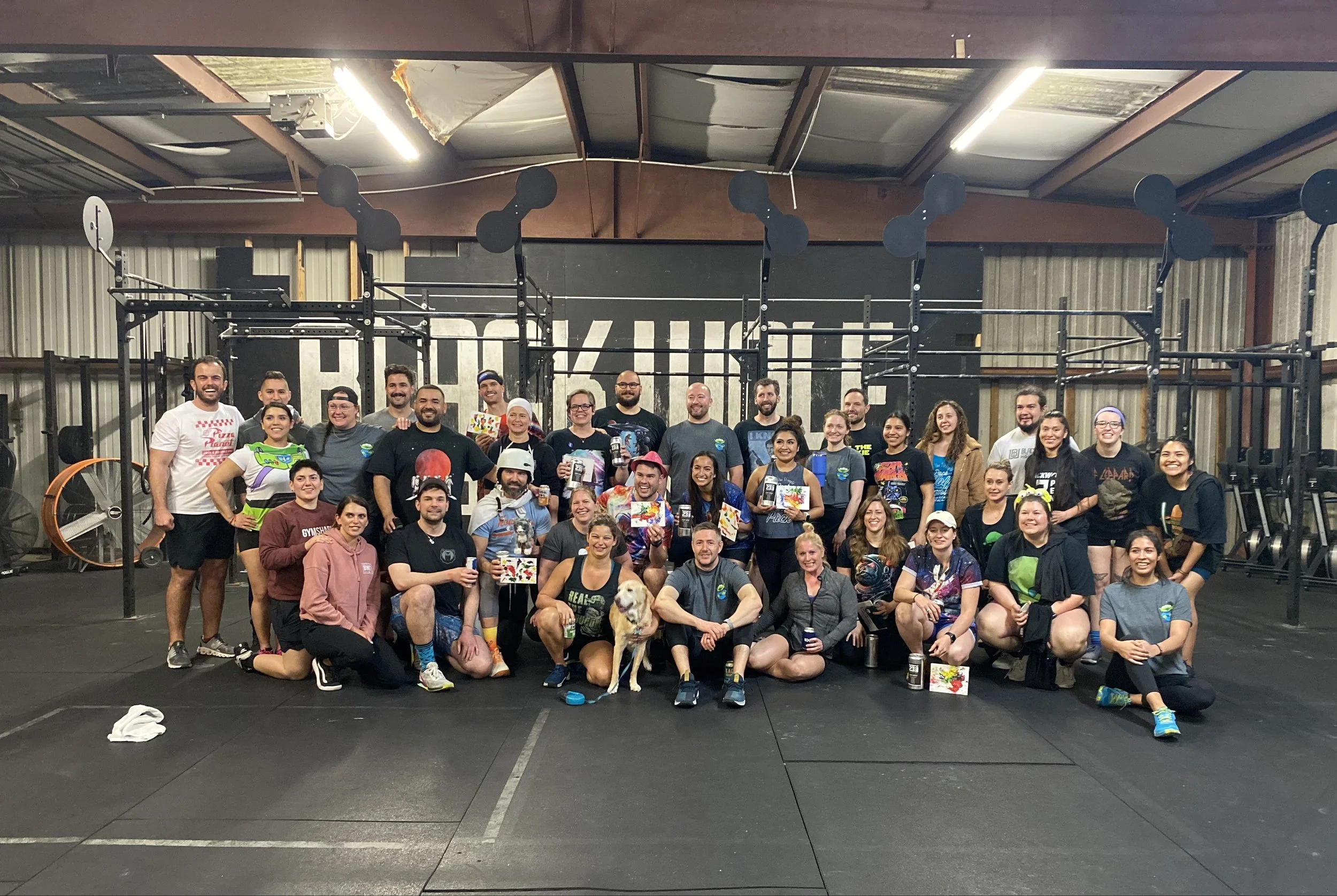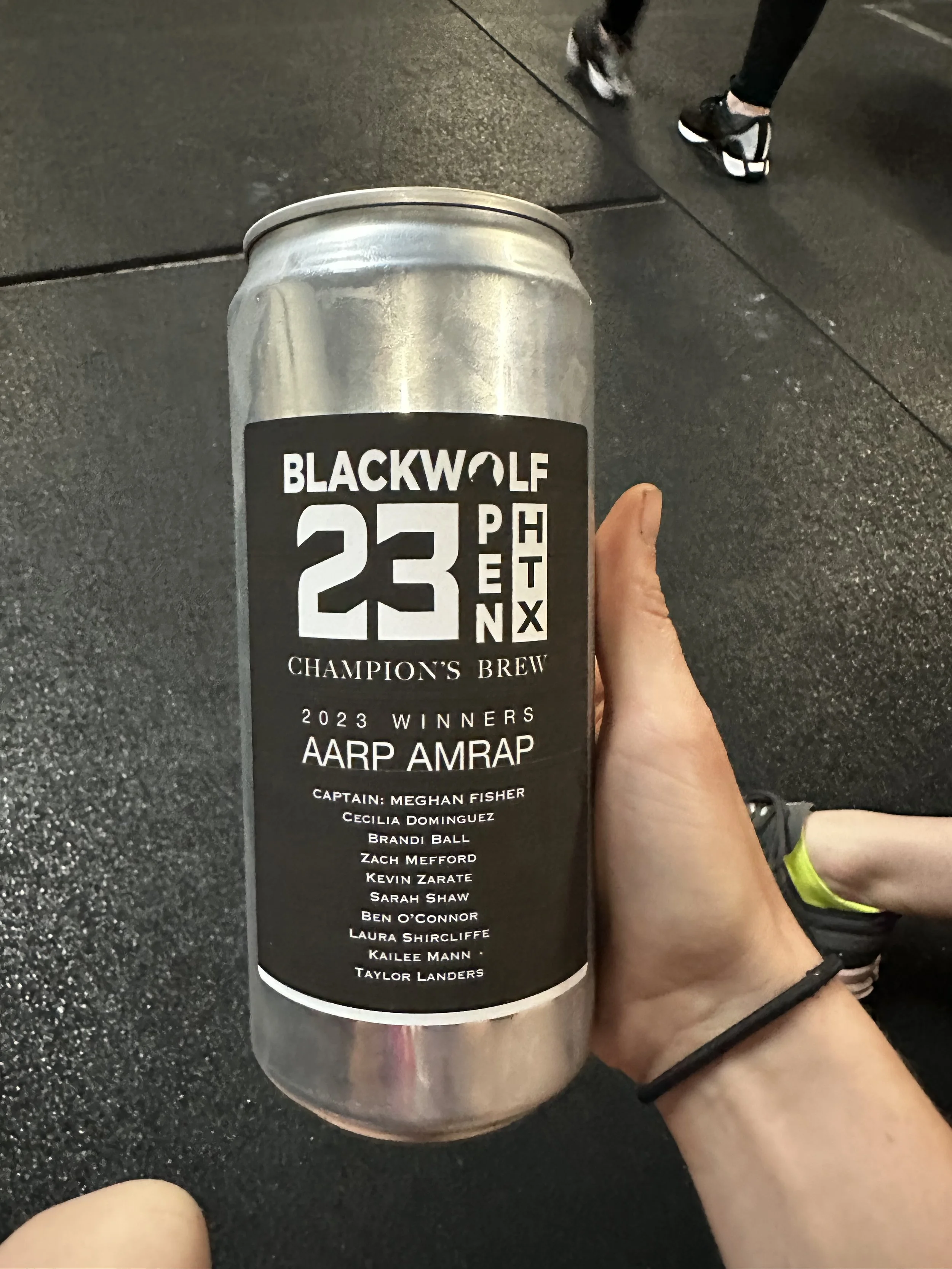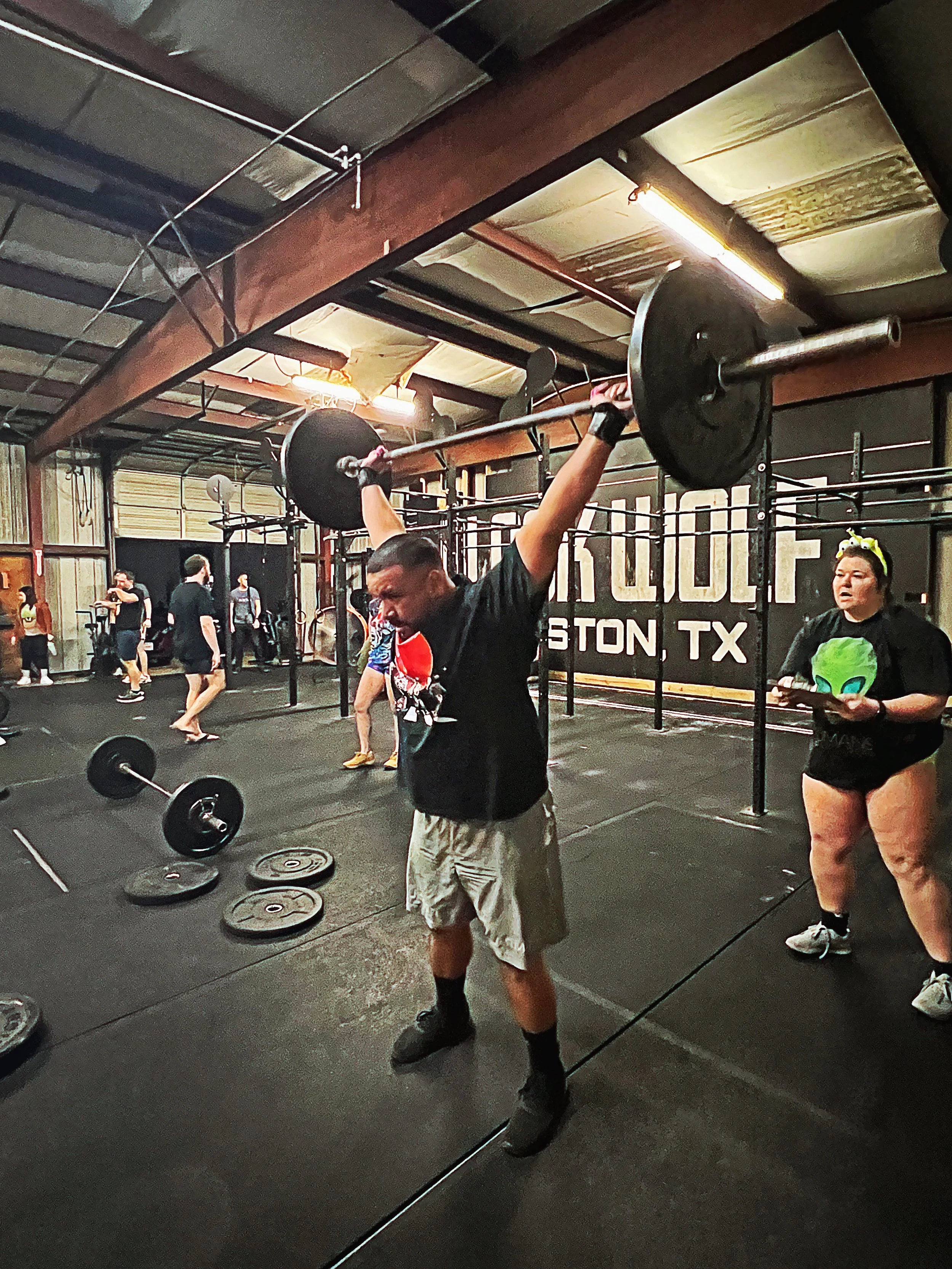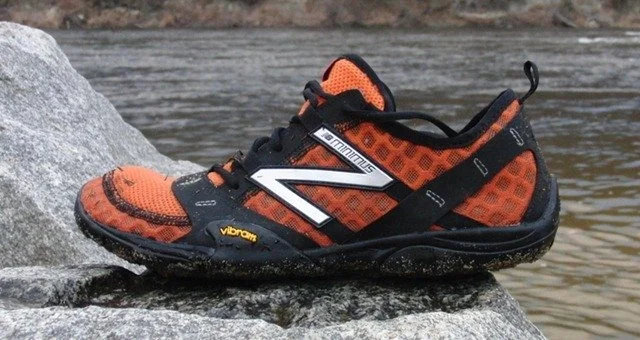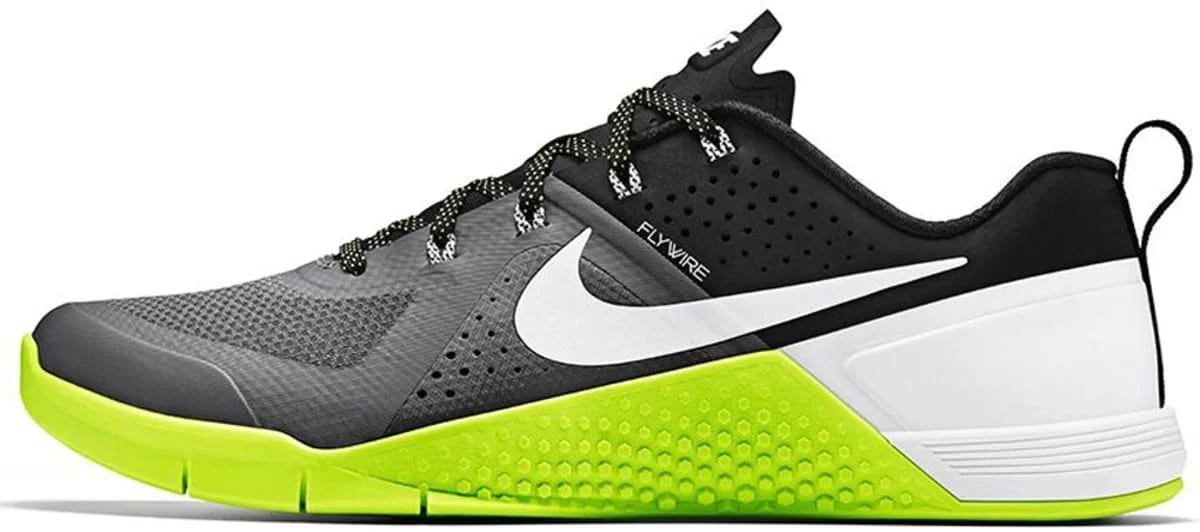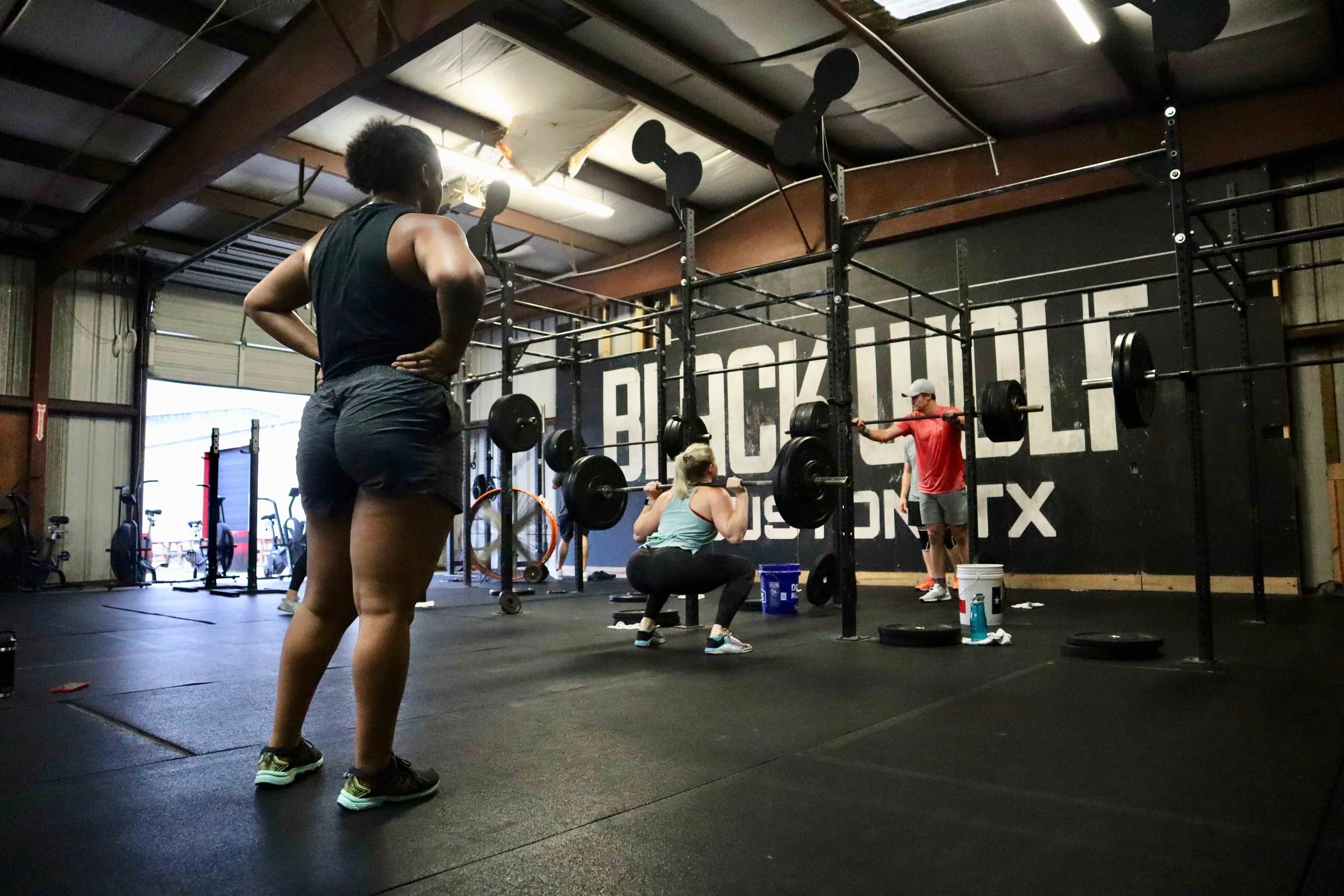The Best Way to Lose Weight Without Exercise Sure is NEAT!
When wanting to lose weight, feel better, and/or just be healthier, start with NEAT!
The goal is just to move more
Non Exercise Activity Thermogenesis is a large contirbutor toward our overall health and our body compsoition. Too often we think our first step in our health or weightloss journey is to go die in a workout. But focusing on increasing our low intesnity daily activity has a much more lasting impact. Plus it makes those workouts much easier to sustain.
When referring to Non Exercise Activiy, we are referring to all of the ways we move our body throughout our day. This is most commonly measured by counting our steps as the amount we walk in our day helps us understand how active we are. But if your job has you picking things up and moving things around. Or if you go for bike rides for fun, or paddle a boat down the river on occasion, all of these would count toward increasing your Non Exercise Activity.
NOTE: Working out, even at super high intensity, for an hour a day and then not really moving the rest of the day is NOT the way toward your goal. You would be much healthier and happier if you were consistently active outside of your workouts and worked out less often or at lower intensity. Our bodies are meant to move, and not just in the gym.
NON EXERCISE ACTIVITY GUIDE
The goal is to achieve 8,000 to 12,000 steps per day or an equivalent amount of activity each day.
Fortunately, Non Exercise Activity does not require experience or a basic fitness level like so many wokrout programs do. It just requires you being intentional at various points of your day.
First, this is all about priorities. If the benefits of increased Non Exercise Activity are something you need, then you shoud look at this as something you schedule out the same way you might schedule time to go to the gym. People working 9 to 5 at a desk who also have obligations outside of work do not stumble through completing 10,000 steps per day on accident.
However, if you already move somewhat frequently then you may be able to make smaller changes to gain another 1,000 steps in your day here and there.
Second, it’s about your average steps per day, not just your steps in on each individual day. This is both to emphasize it is about an active lifestyle but also to encourage you if certain days of the week just make it impossible to get your steps in. If you can only achieve 5,000 steps today, keep your head up and make up the difference the rest of the week.
8,000 STEPS IN TERMS YOU UNDERSTAND
There are (on average) 2,000 steps in 1 mile walk. And walking a mile, on average, takes around 20:00. So if you were literally doing nothing else but sitting on the couch and accomplishing your goal of 8,000 steps in a day as your only two priorities today, then you would need to collecting 1 hour and 20 minutes of walking. Or 20 minutes every 4 hours for your 16 waking hours.
Examples:
8,000 Steps is equal to 4 Miles of Walking or ~80 Minutes of walking
That is equal to 4x 20 minute walks each day
[Reminder: Bike riding or literally any other way to move your body all can contribute here. Steps are just the easiest to quantify.]
And the great news is, the steps we already take will lower the total number we need to add to our day. Even if you are mostly sedentary, you likely are already collecting 3-5,000 steps a day so that may reduce the amoutn of time needed by 30 minutes to an hour.
For someone who makes this a priority, this is very attainable. And for someone with one hell of a schedule and responsibnlitiy list, this is still possible.
Parks combine activity with nature!
HOW TO GET IT DONE
Stand and work on your feet when possible. We rarely stand still and if you get in the habit of being on your feet when possible then you will inevtaibly find yourself moving more than you expect.
A treadmill desk or a desktop added to a comfortable stationary bike are easy ways to collect activity while still getting work done.
Take walks with your dog instead of just letting them out in the yard or apartment dog park.
Create a routine of evening walks with your partner or family. Everyone benefits.
Have a good podcast or audiobook that you only listen to while walking which will help you stay consistent because you will look forward to hearing the next bit of the story.
Have a friend or co-worker puruse a similar goal as you so you are not doing it alone.
And sometimes you just have to put down a 2 mile walk on your calendar to gurantee you get it in.
EASY PLACES TO GET YOUR STEPS IN
The Zoo and/or Museums - Any place that requires a good amount of walking in order to enjoy all of the offerings is a great idea.
Parks and The Arboretum - This combines the benefits of increasing your activity with the benefits of being out in nature. Turns out we do not get nearly enough sunlight, and outside air is pretty amazing for our brains both in a biological but also neurological way.
The Mall - the term “Mall Walker” has died a bit, but most of us still know they exist. Men and women going into the malls in the opening hours just to get some steps in. Air conditioned, clean environment with plenty of space. And going during busy hours to window shop (or shop shop) also count.
On a smaller scale, parking at the back of a parking lot really does add up the steps.
Taking things upstairs as you come across them instead of waiting until you have a full load is another seemingly silly way to do it.
IN CONCLUSION
Figure out how many steps a day your current lifestyle averages. And it’s ok if the number is super low. You being aware of where you are starting from will already increase your activity. Then, from there, find ways you would (mostly) enjoy that will increase the amount you move in a day. Work or spend time on your feet when possible, go for walks, park a bit farther back than usual.
And dont stress about hitting 10,000 everyday. Just look to average more this week than you did last week and eventually you will see 10,000 a day more often than not.
Your body is meant to move. You don’t have to want to squat 1,000 pounds, or run a marathon. You don’t even have to like working out. But you HAVE TO move your body consistently. Do that and your phyiscal and mental health will improve.
You’re awesome. Let me know if I can help.
- Ben
The 2024 Black Wolf Open
The 2024 Open kicks off on Friday, March 1st. Get signed up!
Get ready for the Blackwolf Intramural Open – it's happening on March 1, 8, and 15, kicking off at 6:30 and going till we drop (or around 8ish). We've got four teams ready to throw down in a friendly face-off, tackling the latest CrossFit workouts released every Thursday. Whether you're RX, scaling, or doing your own thing, it's all about having a blast!
This isn’t your regular workout – it's a chance to sweat it out together and meet athletes from different classes. And as before, we've got themes for each week: March 1 is all about the Rodeo, March 8 is going Aquatic, and March 15 is a blast from the past with Decades. Can't wait to see those outfits!
As for registration: It is $40 but of course shirts are part of registration. Cate's mom is on the job and she did a fantastic job last year, so you know they're going to be awesome!
You’ve got until Feb 16 to secure your spot. Cate's working her magic to form teams by Feb 23, so you can hit the ground running on the first week.
Big shoutout to our captains this year – Tank, Meghan, Taylor, and Brenda! We've revamped the point system based on your feedback and post-open the party tradition lives on.
After the last week (March 15th), we're coming together for a shindig. Teams, get ready – you're either bringing the sides or desserts, and we've got the protein covered. It's going to be awesome – don't miss out!
Do You Need CrossFit Shoes to do CrossFit: a short history of these special shoes
Do you need special shoes to workout?
Short on time? Here’s the moral of the story from the details below:
- No, you do not need to buy special shoes for CrossFit, especially when you are starting out
- A “CrossFit” shoe has two characteristics-
1) Little to no heel to toe drop (the heel is not much higher than the toe box)
2) A solid sole with little squish to increase stability during movement
- Any shoe you feel comfortable being active in will work for you
Now, for those who might be interested in a little shoe history.
When CrossFit was created way way back at the start of the new millennium there is one thing I am certain nobody knew: CrossFit would lead to millions and millions of dollars in shoe sales.
Since the beginning CrossFit has revitalized a brand (Reebok), launched a worldwide brand (No Bull), and been so attractive, the biggest brand in the world (Nike) invested a ton of resources to get their piece of the pie.
You could spend months digging through memes just about CrossFit shoe addiction. NoBull literally sold the exact same shoe for nearly a decade before offering different styles. All they did was change the color and people would buy again, and again, and again.
In the beginning, there was the (New Balance) Minimus. And the Minnimus was good. Created at the beginning of the barefoot movement (remember foot gloves aka Vibrams?) to help get closer to being barefoot without losing all foot protection, New Balance unintentionally created the ideal CrossFit shoe (at the time).
The Minnimus is basically a structured sock with a flat rubber sole protecting the bottom of your foot. This allowed for an athlete to move through a full range of motion without compromise or assistance. The squat you performed wearing them was the same squat you would perform being barefoot. You were fully connected with the ground thus increasing stability and allowing for you to be more confident as you continued to practice.
But New Balance did not attach itself to the CrossFit movement. It was a happy accident that the functional fitness community was adopting the barefoot running communities shoe.
In 2010, Reebok looked to take advantage of this opportunity by partnering directly with CrossFit through a one of a kind brand sponsorship. The Reebok Nano was the first actual CrossFit shoe. Still made today, the Nano capitalized on the First Mover Advantage during the start of the CrossFit hype cycle that would build from 2011 to around 2014.
Reebok itself had been struggling. Popular in the 90s, and tied most commonly to tennis, Reebok did not really have a modern shoe that anyone was interested in. Their choice to partner with CrossFit positioned them to be the favorite of all of those people who were so proud to be a part of the CrossFit movement (real cult vibes in the 2010s).
FAUX INSIDER INFORMATION: In a past life I ran a shoe department at Academy Sports and Outdoors through 2010. At that time Nike was publicly stating it was not interested in catering to the functional fitness movement. They began to change their tune in 2011 but had they taken the place of Reebok, who was a struggling company compared to Nike’s tremendous continued success, the shoe game would be very different.
Nike finally made the move into CrossFit with their MetCon in 2015. Late to the party, they had a strong 3-4 year run of being the most popular shoe. Basically Nike realized they already had shoe molds for their indoor soccer shoes, and an indoor soccer shoe shares many of the same characteristics of a functional fitness shoe, so they began to pump them out.
The Nike MetCon definitely took the title of most popular choice for a while. The Nano still stayed in the game, but Nike seemed to be the top choice.
That is until a little, allegedly community based, NoBull arrived on the scene.
The third and final member of the CrossFit shoe party was sold to the community as something one of the leaders, Ben Bergeron, had a hand in starting (questionable). They had a simple shoe with a flat sole, a basic shell, and wide enough toe box.
Founded in 2015 by two guys who formerly worked at Reebok, NoBull’s rise helped limit the impact Nike could made as a late mover with deep deep pockets. And their success is really impressive. Today they not only are the title sponsor of the CrossFit Games, which is admittedly less of a big deal than it was when Reebok had it’s name blasted on ESPN in the early 2010s, but NoBull now sponsors events in the NFL including the Combine.
All three of these companies still manufacture shoes aimed at the CrossFit community. The Nano, the MetCon, and the NoBull trainer still see new releases each year.
As for which is best, it is entirely about personal taste. I’d love to help more here, but I am happy with whatever shoe is on my feet. You will, however, meet people that swear by one brand or one style. Older models of the Nanos and MetCons can often be found in shoe stores if you’d like to try them on. NoBull is online only.
And there are plenty of shoe choices outside of these three styles. Even within the brand there are cheaper but equally useful shoes.
Plus companies like OnCloud Running have been adopted by the community even though the company is not designing specifically for functional fitness.
What is your favorite shoe for working out? Let us know. Your opinion helps others.
And did I leave anything out?
Let me know what you think!
- Ben
How to Deal with Soreness
What do you do when you get sore?
When we push ourselves through a workout we may often wake up the next day feeling sore. And if our body is not accustomed to moving with that intensity because we are just starting a new program or maybe we took some time off, we can feel very very sore.
Soreness is the result of hard work. And it can be a badge of honor. But it is important to know a few things:
1) Soreness is most common at the start of your new workout program.
2) You do not have to push yourself to the level of soreness in order to have an effective workout. More is not always better.
But what happens when you wake up and the soreness is waiting for you? Is there anything that can be done?
Here are a few things we recommend:
- Workout 2 Days in a Row - A body in motion wants to stay in motion
- Drink water - 2 ounces of water per pound of bodyweight. Everything improves when we are well hydrated.
- Get your Electrolytes - Whether you use a packet of LMNT or you get sea salt, a banana, and you supplement some magnesium each day, electrolytes serve to allow our muscles to function optimally and for us to feel at our best.
- Eat Well - our body heals the muscles used in our workouts with the calories we eat. We know protein helps build/rebuild muscles and tissue. But carbs refuel those muscles and dietary fat is so useful to so many biological and neurological processes.
- Stretch - Put your body through full ranges of motion so you are lengthening and shortening your muscles. If you have access to Yoga, it serves as an excellent supplement to your workouts. If you don’t, go for a walk and stretch from time to time. Ride a bike. Just move.
- Non-Steroid Anti-Inflammatory Drugs (i.e Ibuprofen, Advil, etc.) - These should only be used for when you took things too far. They absolutely help to reduce the pain, but they also prevent the muscles from recovering properly. Only use these if you’re at the level of being so sore you can’t sleep. And then stop putting yourself in that position. That is not necessary to get fitter.
The last thing. Be as consistent as you are able to be. Our goal is to see you in here 3-5x each week. If you maintain that not only are you guaranteeing you’ll continue to see progress but you’ll also avoid feeling terribly sore!
If you have any questions then send them our way.
- Ben and the Black Wolf Team
